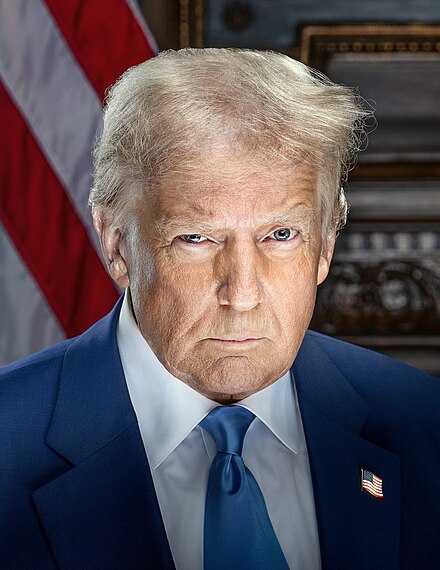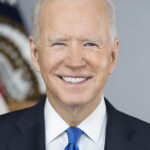The Panama Canal, a marvel of engineering and a cornerstone of international maritime trade, has once again emerged at the center of global political debates. This artificial waterway, which connects the Atlantic and Pacific Oceans through the Isthmus of Panama, plays a critical role in facilitating global commerce. Spanning 65 kilometers (40 miles), the canal handles nearly 6% of the world’s trade, making it an economic lifeline for numerous countries.
On January 20, 2025, during his inauguration, U.S. President Donald Trump reignited a long-standing debate by announcing his intent to reclaim control over the Panama Canal. Trump argued that the 1977 Torrijos-Carter Treaties, which transferred control of the canal to Panama in 1999, had been violated. He cited alleged overcharging of U.S. vessels and claimed the canal was not being operated neutrally. The President hinted at potential military or economic measures to address this issue, sparking immediate international attention.
Panama’s President, José Raúl Mulino, responded firmly, emphasizing the nation’s sovereignty over the canal. Mulino rejected accusations of treaty violations and highlighted Panama’s successful management of the canal over the past two decades. “The Panama Canal has been a symbol of our nation’s independence and pride. We will not tolerate any claims undermining our authority,” he stated.
Adding complexity to the debate is the growing presence of China in the region. Chinese investments in infrastructure projects surrounding the canal, such as ports and bridges, have raised concerns in the U.S. Trump described these developments as a national security threat, arguing that they could jeopardize the canal’s neutrality. However, Panamanian officials maintain that these investments are purely economic and do not compromise the nation’s control over the canal.
The Panama Canal remains an economic powerhouse for Panama, generating nearly $5 billion in annual revenue. Major users include the United States, China, Japan, and South Korea, underscoring the canal’s importance in global trade. Despite the controversy, Panama asserts that the canal operates efficiently and neutrally, adhering to international agreements.
The renewed focus on the Panama Canal highlights its enduring significance in geopolitics. While Trump’s statements have stirred tensions, they also draw attention to the canal’s pivotal role in connecting economies and fostering global trade. As Panama stands firm in its sovereignty, the world watches closely to see how this debate unfolds
Key Highlights:
- The Panama Canal is a vital 65-kilometer waterway connecting the Atlantic and Pacific Oceans, handling 6% of global trade.
- President Donald Trump has announced intentions to reclaim control of the canal, citing alleged violations of the 1977 Torrijos-Carter Treaties.
- Panama’s President, José Raúl Mulino, has strongly defended the nation’s sovereignty and dismissed claims of neutrality violations.
- China’s growing investments in the region have fueled U.S. concerns about national security risks.
- The canal generates $5 billion annually, benefiting both Panama and its major users, including the U.S. and China.
As the canal continues to play a central role in global trade, its control remains a sensitive and strategically significant issue, underscoring the intersection of economics, politics, and sovereignty in international relations.






